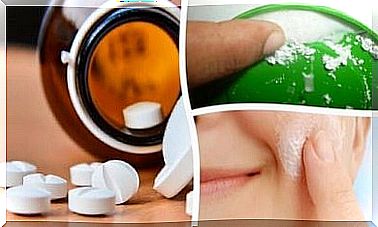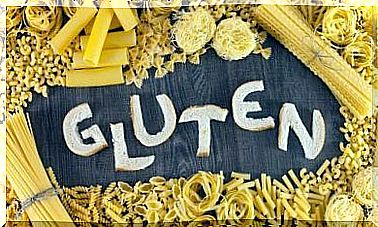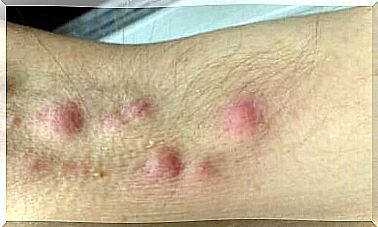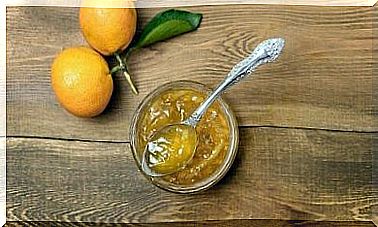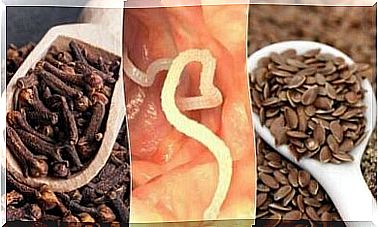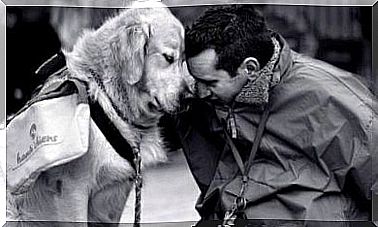Mother’s Milk Donation: Everything You Need To Know
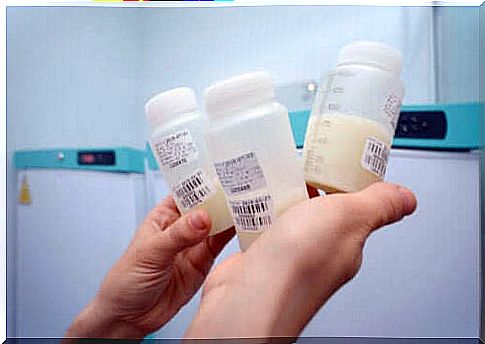
Breastfeeding is not always a possible process for all women. But don’t worry as there are now many viable alternative options for feeding your baby. For example, the increasingly popular donation of breast milk to milk banks has become a solution for many mothers.
Mother’s milk contains all the nutrients that babies need up to 6 months of age, so it is recommended as the only food during this period.
Mother’s milk is proven to prevent infection and allergies, and to meet all nutritional requirements to support the development and growth of newborns. So, if you are interested in donating breast milk , you will find out more about it, supported by experts and research, in this article.
What is the importance of donating breast milk?
Giving your mother’s milk is important because it saves lives. As we mentioned earlier, there are different situations where women are unable to meet the needs of their children.
Currently, May 19 is the World Day of Honorary Giver of Women’s Milk. This initiative aims to sensitize the population to the importance of doing so. The donation of mother’s milk serves to save the lives of premature babies every day and to improve the prospects of children in care all over the world.
According to the Pan American Health Organization and the World Health Organization (PAHO and WHO), consumption of this food is considered essential for the growth and development of children.
The good news is that there are more than 500 milk banks in 37 countries around the world. Giving breast milk is an altruistic activity. The process is simple and there is a growing tendency to create more banks to extend this practice.

What are milk banks and how do they work?
The Spanish Association of Human Milk Banks (AEBLH) defines these types of organizations as specialized centers responsible for promoting breastfeeding. In these banks, human milk donated by selected mothers is received, processed, analyzed, stored and distributed.
After the establishment and use of human milk banks ceased in the 1980s, this activity was resumed, thus saving many newborns. Believe it or not, such cases are quite common.
How do breast milk banks work? The usual procedure to follow is as follows:
- Selection: All human milk donors are selected and must undergo an interview with those in charge of the organization. It’s important to pay attention to whether they suffer from any infectious disease, are taking certain medications, or have unhealthy habits.
- Milk Collection Kits: In many cases, selected donors receive milk collection kits, containers, and identification labels, and receive collection training.
- Processing: storage also takes place in the same step. It must be a sterile environment where microbiological testing is performed to ensure there are no pathogens. The milk is kept in the freezer until the delivery date.
- In ydawanie: I should mention that the only way the issue of mother’s milk is milk issuing a prescription.
What should you pay attention to when it comes to donating breast milk?
One of the most frequently asked questions before donating breast milk is whether the baby runs out of milk. It is important to know that this will not happen.
You can rest easy as your little one will continue to get the amount they need for optimal development. Even the good news is that pumping your milk will increase your production. So you can cover your baby’s typical needs to the maximum in the first 6 months.
Blood tests
In addition to interviewing specific milk bank staff, you cannot make a donation if you suffer from blood borne illnesses or infections. It is about such pathologies as HIV, syphilis, hepatitis C or hepatitis B. Therefore, you ultimately need to do a blood test to rule out the existence of any of them.
Giving away breast milk is an expression of altruism
Another interesting fact is that there is no financial reward for being a milk donor. It is an altruistic job, only for mothers who want to help other children. But also for those women who cannot offer food to their little ones.
However, the greatest satisfaction comes from being able to help children who need it so much. Any healthy mom with a good lifestyle can do this!
Good habits
So make sure that you lead a healthy lifestyle, eat properly and do not suffer from diseases that carry a risk of transmission to the baby. And convince yourself to be fully cooperative, because there are undoubtedly many children who need mother’s milk to survive.
If you have any other questions, please contact the customer service of the human milk bank closest to your home.
Giving your breast milk is not painful
As long as your nipples don’t hurt, pumping isn’t painful. For example, there are electric suction apparatuses where you can adjust the speed until you reach one that you feel comfortable with.
On various maternity blogs, women say that it is a good idea to use a special oil or cream for this area so as not to irritate excessively sensitive skin.
What is the procedure for becoming a milk donor?
Becoming a human milk donor is a relatively simple process. An interview with bank managers can even be conducted by phone.
There they will ask you about your medical history and ask other questions to find out if you are using drugs or not. Generally speaking, the GP must confirm the tests and give a positive report on them.
If you already know a milk bank close to your home, you can contact them by phone and arrange an interview. Then comes the extraction process. The same bank sends you the containers and all the necessary supplies for you to do at home.
These products come with detailed instructions. After expressing your milk, you will have to pour it into containers labeled with your unique donor number. They must remain in the freezer for 2 months, but the time may vary depending on what you have agreed with your bank.
The next thing is transport, which can be handled by the bank or the mother. Breast milk must be transported in a refrigerator or a portable cooler. The so-called cold chain must be preserved.
In the event that the milk begins to thaw, put some ice in the bin to keep it intact and prevent damage, at least until it arrives at the bank’s headquarters.
As you can see, becoming a milk donor is a simple process that you can do at home. Don’t worry because no one will leave you without advice.
If you have any doubts, feel free to contact your milk bank staff, who will always be ready to help you with this process. The most important thing is that you will help save the lives of many children!
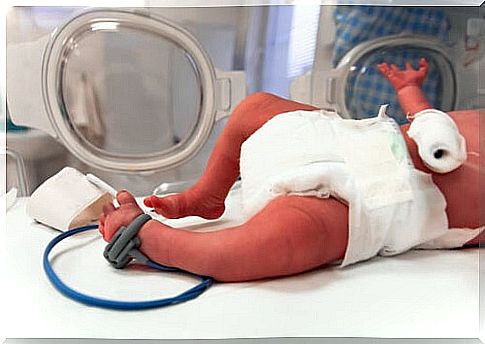
Who will get the milk from these banks?
Milk from the banks goes to low weight newborns, especially those weighing less than 1,500 grams. But it is also required by children at risk of gastrointestinal diseases and infectious diseases. In most cases, the goal is to reduce the risk of neonatal death.
Note that your child must have a prescription to receive milk from these organizations. Either for good reasons or because his mother is unable to feed him. In some cases , they are also used to feed babies who have undergone gastrointestinal surgery.
Giving away breast milk changes the world
Mother’s milk is also a medicine. Despite the lack of remuneration, many mothers feel satisfied with saving their lives. In fact, in some cases, extraction offers pain relief for women with high food production.
Remember that your baby will never run out of milk. You will continue to meet his / her food needs while providing other children with a better quality of life in or out of hospital. Go ahead! Seek advice from the staff of your nearest milk bank and become a donor.
